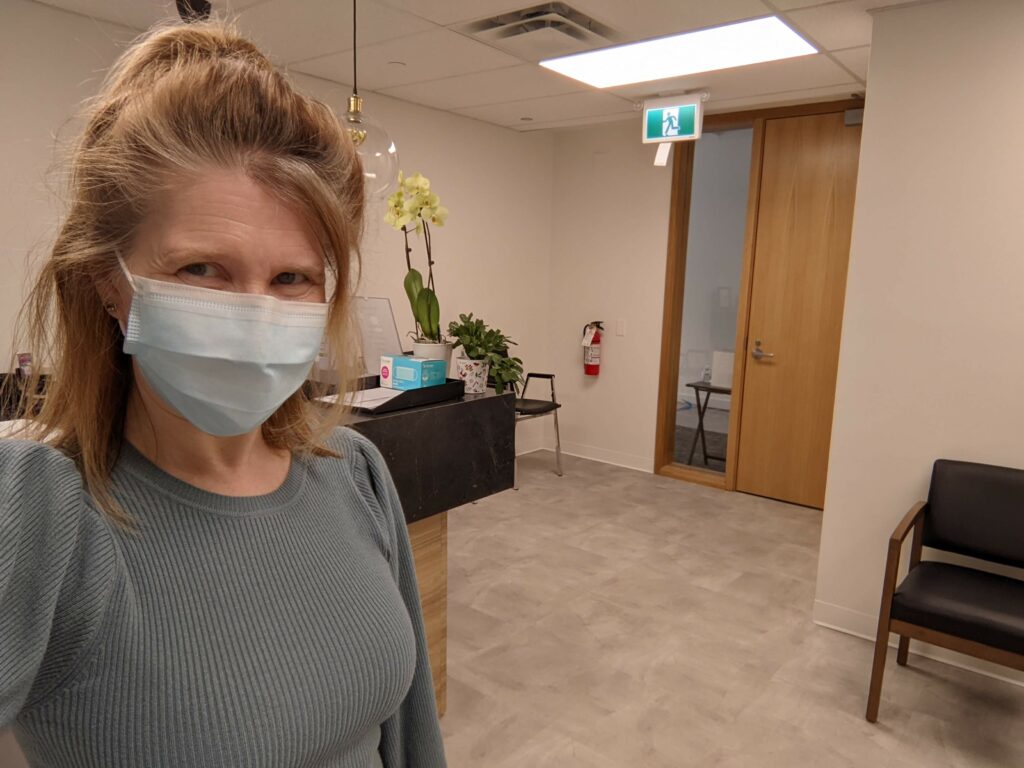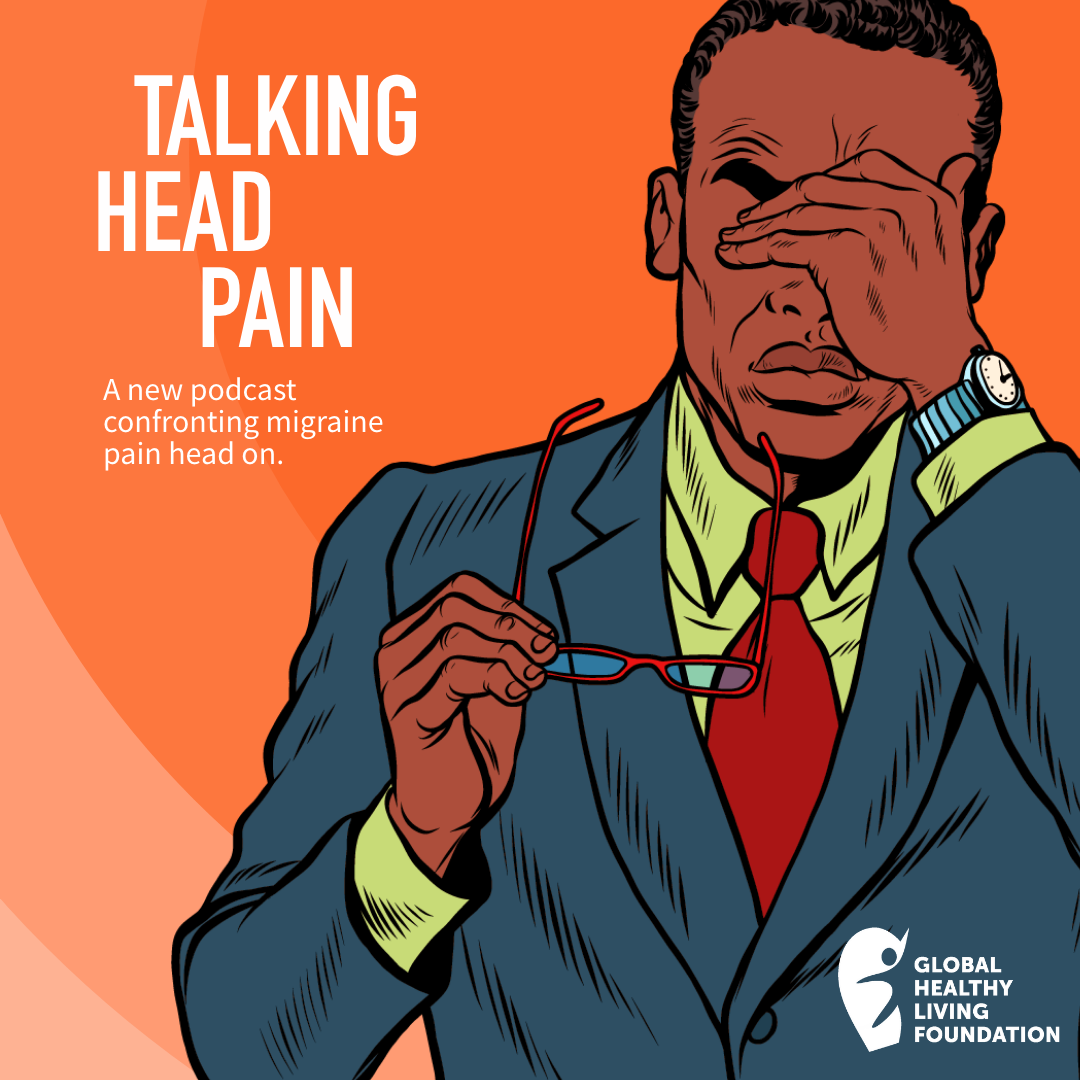It’s just after 7 a.m. on a Tuesday morning. The sun cresting over the horizon illuminates the snow-capped mountains in an orange glow, with the promise of a clear spring day. As several types of birds chirp and chatter in the trees and lush wildflowers and vegetation spill over the sides of an empty path that stretches into downtown, there is an eerie stillness hanging in the air. No cars fill the streets for rush hour, empty buses drive by every 20 minutes or so. I am the only person walking on what is normally a crowded pedestrian and bike route, and at this moment, I feel like the only person in the world.
When the novel coronavirus hit in the spring of 2020, businesses were asked to close, and most people were sent home to work remotely. The only ones who could not work from home were our health care workers, grocery store clerks, truckers, pharmacists, and a myriad of people who had jobs in essential services. They had to face the threat of an unknown virus every single day and keep people supplied with essential products and services.
I was one of them.
Although I am an artist — a dancer and actress — my day job is running a health care clinic for a specialist. I have worked this job for almost 12 years, and in all that time, never had to face a medical emergency like the COVID-19 pandemic. While the rest of the world would go on working from home for the next two years, I was back in the office after a brief eight weeks.
Facing the Fear
I was scared. I’d worked in the medical field for a long time but had never been at risk of being exposed to a virus that we knew so little about, and one that was detrimental to our aging and chronic illness population. Our clinic cared for vulnerable patients, many who had the same disease as I did: rheumatoid arthritis.
It’s difficult dealing with an immunocompromising autoimmune disease while working on the frontline. I’m already at the mercy of my body, never knowing when I’ll flare or when fatigue will rob me of my productivity. I’m know I’m at a higher risk for comorbidities, such as heart and lung disease, eye problems, and infections.
I didn’t need the extra anxiety over catching a virus that could accelerate all these things in a matter of days, and not only that, but something I could pass on to family and friends that could potentially kill them.
I felt like I didn’t have permission to be worried, although I was. I hid behind plexiglass, wore a mask, tried to discourage patients from coming too close. We locked the door and made patients knock for entry; they would only be allowed in if they had a booked appointment. The virus wasn’t just a threat to patients, but to us working in the office. We carried the weight of knowing if one of us got sick, there was a chance our doctor and medical team would get sick, and there would be no one to help.
It was a tough time for patients. People are social by nature. And they are always social with the girl at the front desk in their doctors’ office. They were used to chatting with me before going in to the see the doctor. They were used to sharing both the happy and sad news about their lives. I was their sounding board, a friendly face to help them through their care — and just like that, they lost their safety net.
Now it was awkward. We didn’t know how to act around each other. We had trouble navigating the new boundaries and the fear of infection was all consuming.
Facing the Transition
The clinic couldn’t function forever on telehealth. It was fine for the first few weeks, but we knew the virus was going to stick around a lot longer than first predicted, and things had to go back to as normal a state as possible under the circumstances. We developed a hybrid of both in person visits and telehealth calls, whatever the situation called for at the time and what was comfortable for patients.
I had to be at the office most days to do my job: to call patients, set up appointments, collect faxes, and prepare the clinic space. I worked in close contact with patients, coworkers, doctors, medical residents, and nurses, who in turn worked at various locations and hospitals every week.
It felt like I was putting myself in the line of fire at every clinic.
There was a strange mix of people in the community during this time. The virus divided us, creating fear and skepticism. Some people wanted to come to the office; others were afraid to leave their house. Some complained and resisted health protocols, making my job both challenging and terrifying. I had to refuse entry to those not wearing a mask or argue with those who gave me a tough time about having to wear one.
People would come into the clinic hesitantly, worried they were violating some rule. They lingered outside the door, they stood against the wall, they wore two masks, one person even came in with a gas mask. The virus divided us, bringing out the worst in some people and the best in others.
The environment was volatile and unpredictable. I’m not sure if the situation got better over time, or if I just grew used to the new conditions. Eventually the dread of leaving the house and going into work dissipated.
Facing the World
I became accustomed to this new world earlier than most. My coworkers and I were always masked. This became normal. We created our own little bubble. I got used to going out again: to the office, grocery shopping, walking, biking, road trips, travelling, falling back into a familiar routine, almost as if it never stopped.
I had the advantage of understanding the risk of spread and protection faster than the general population. I had to confront it, and accept that for me, this virus was not any different than to what I had always been subjected. Chronically ill patients have always known how to protect themselves from infectious threats. I saw it as continuing the way I always did.
I know many people in the community are worried about the world reopening. I’m not as worried as I should be about the world opening because I never got to hide from it in the first place. I had to be out there, doing my job, and learning how to function and protect myself while potentially coming face to face with another invisible enemy. I’m grateful for being able to keep working through this pandemic, grateful that I didn’t get too comfortable in isolation.
The challenge moving forward is not just to find a way to resume life, but to enjoy it while staying safe on the journey. And isn’t this what we in the chronic illness community have always done?
Stay in Touch with CreakyJoints Canada
Part of the nonprofit Global Healthy Living Foundation, CreakyJoints is a digital community for millions of arthritis patients and caregivers worldwide who seek education, support, advocacy, and patient-centered research. All of our programming and services are always provided free of charge. As we grow CreakyJoints Canada we want to hear from you. Please join our email list to stay connected, learn about new content and initiatives, and send us suggestions and ideas.






